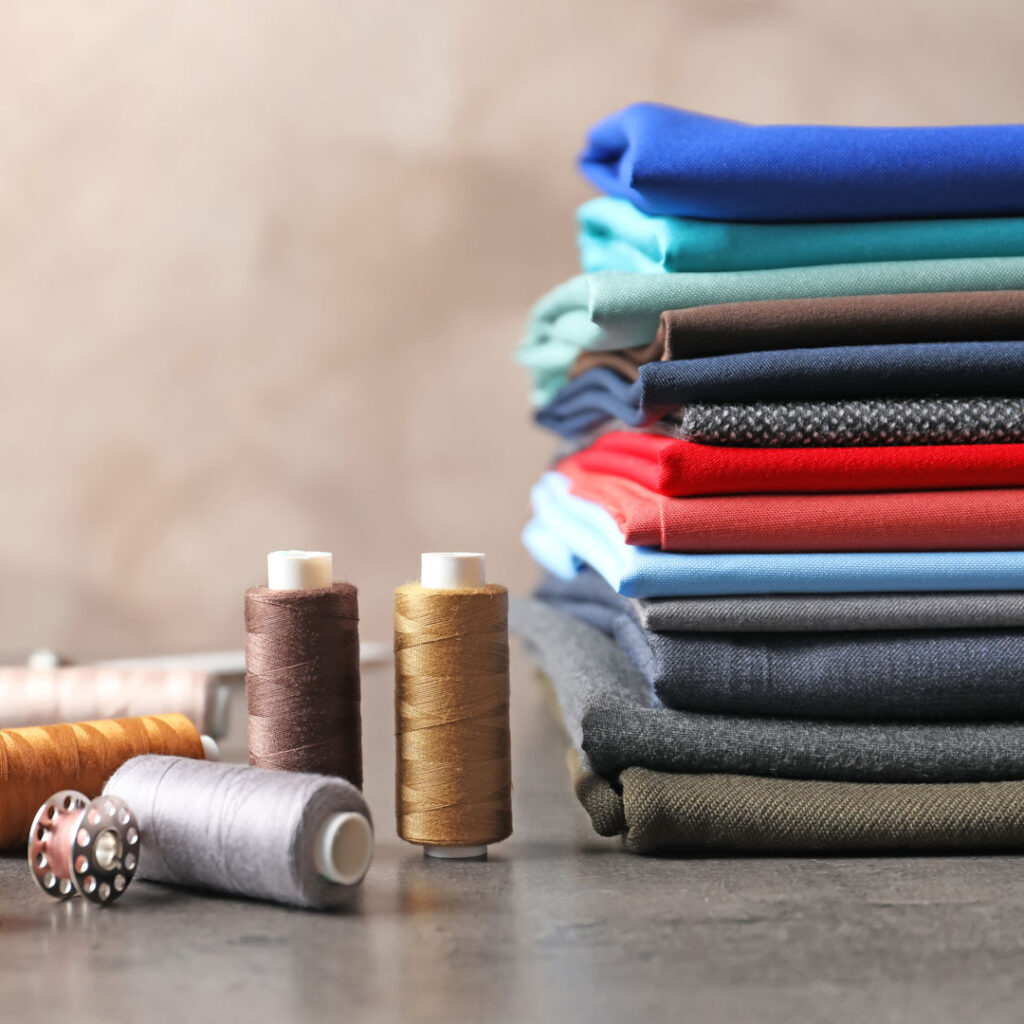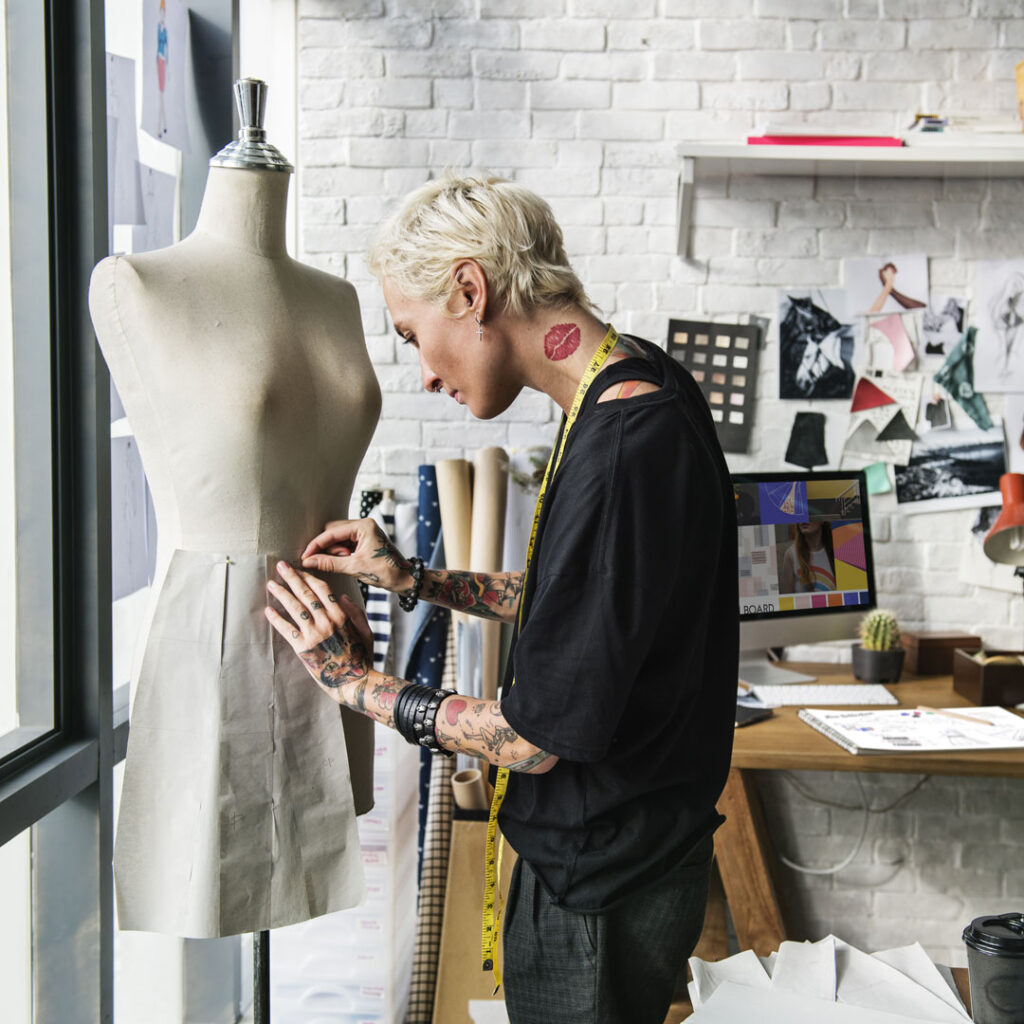How to Differentiate Your Brand?
21 October 2021
3 min read
Share

If you want to differentiate your brand it is mandatory that you start by doing market research, thinking out of the box, listening to your consumers’ feedback, and studying their choices, and finally, making sure you have all the technical support you need.
Depending on the type of collection and products you are aiming to develop, there will be different details and features to keep into consideration, for example, if you are thinking of developing:
- A swimwear collection – you want quick-drying and resistant fabrics
- A legging line – you want a containing fabric and make sure the garment fits perfectly!
- A baby collection – you want soft and cozy textile and harmless accessories
- And so on.
You really need to think about how can you make your product to be the best in terms of:
- Garment
- Performance
- Comfort and Fit
- Raw Materials
- Construction
- Durability
How to do market research?
The fashion market is becoming more saturated every day. New brands are popping out like mushrooms and it has really become necessary to differentiate your brand from the others in today’s market to survive.
The first thing to do when you decide to launch your own brand/collection is to study the competition and realize market research.
It is truly important to understand where your product will be sold and who your customer will be. Once these are defined you can proceed to research:
- Which and how many brands are already offering it?
- Are there different price levels?
- If yes, what are the differences between a product costing $ and another one costing $$$?
- Is there a market for this product? Is there a high or low demand for it?
- How is this product marketed and advertised?
- What are the main distribution channels of this product?
Based on the responses above, does it still make sense to continue with this project?
- What will your strategy be in order to succeed?
- What can you do differently or better?

What are the Parameters of Consumer Choice?
If your market research tells you your product is already present on the market, what is the best way to differentiate your brand? Our answer is one: through quality.
In today’s market, the only way to be competitive is to provide a higher QUALITY product to the customer, with higher performances and longer durability!
Let’s see which are the main parameters of consumer choice when buying a product:
- Style
- Quality Aspect
- Fiber Composition
- Garment Construction
- Made-in info
- Aesthetic and Functional properties of the Product
- Color Range Availability
- Item Status Symbol
- Quality Aspect
- Brand
- Brand Status Symbol
- Purchase Purpose
- Price
- Item Sustainability and Brand Transparency
Several pieces of research have shown that quality is the key value of a brand and of a particular product. A product able to provide superior performances is preferred to a lower quality item.
The brand still has a huge influence on buyer choice. The brand status, its marketing campaign, its history, etc. are still very influential aspects and play a fundamental role when it comes to the consumer’s final choice.
The consumer’s purchase purpose even though it is expected to be a preponderant reason when it comes to a choice, is positioned only in 3rd place. This can be explained by a more and more consumerism-related aspect of fashion.
Fourth on our list comes the price. If you are a new brand we suggest you not compete on the price, trying to lower it as much as possible, for different reasons.
First of all, you need to take into account that there will always be someone after you that will lower the price more to beat yours, exactly as you did before them, using the same logic. Secondly, if you just focus on lowering the price, hoping to provide a competitive product, it’s highly possible that you’ll incur into choosing non-reliable, non-ethical, non-according-to-law suppliers, ending with a low-average product.
Finally, there is sustainability and transparency. These terms are quite new in the fashion industry but are quickly becoming two of the most important in fashion vocabulary. We have positioned them on point five only because it is still unclear how much they influence the consumers’ choice. Our projection expects they will climb the rankings and position themselves in the top-3 within the next year.



















